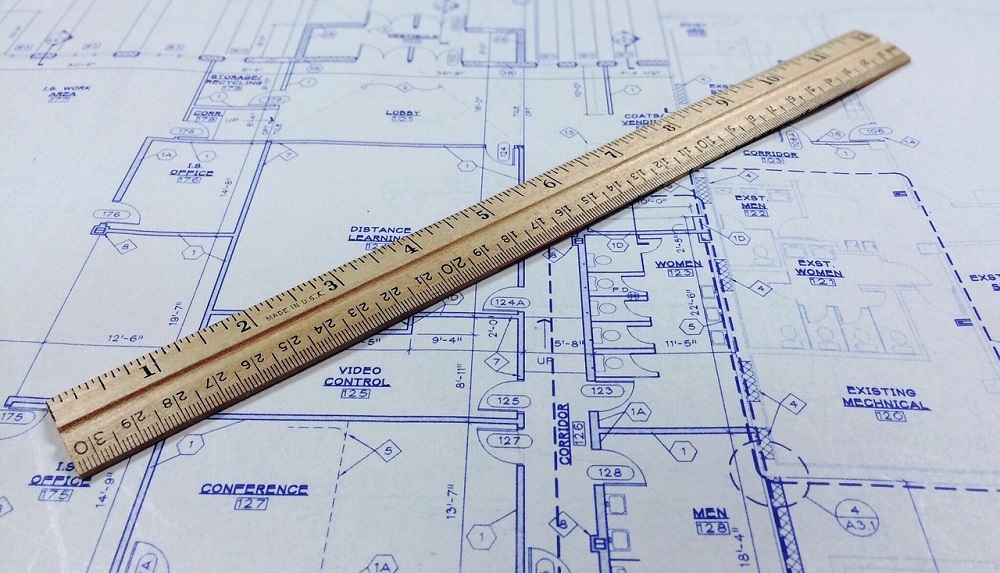This is a pretty good time to be an architect or engineer fresh out of school.
A WalletHub study of the best entry-level jobs found that engineers rank first and architects rank 10th out of a group of 109 professions.
Also on the list are electrical engineer (sixth), industrial designer (36th), interior designer (40th), mechanical engineer (41st), and civil engineer (66th).
The results were determined by examining three dimensions: immediate opportunity, growth potential, and job hazards. The categories had 11 total metrics with a score from 1 to 100. The scores were averaged and weighted, and then combined into one total score.
Engineer was pushed toward the top because of the demand (it ranked first in job openings and fifth in immediate opportunity), and architect was found to be a job with favorable immediate opportunity and job growth potential.
ArchDaily’s Vladimir Gintoff provided some context for the architects’ score. “The study doesn’t appear to consider the debt that many architects graduate with, and it also doesn’t specify where this study was conducted," he wrote. "Also, though many of the top professions could be based in cities, architecture firms seem to hold affinities to urban environments above other careers, adding cost-of-living as a potential gouge to earnings. Nonetheless, the information should be reassuring to those deciding if they would like to pursue a career in architecture and also to the long term viability for the profession.”
Towards the bottom of the list are the tradespeople: electrician (74th), machinist (101st), carpenter (105th), and welder (109th, last). The low scores were largely due to the job hazards associated with them.
Related Stories
Architects | Mar 11, 2016
Architecture for Humanity rebrands itself as Open Architecture Collaborative
With a new name, logo, and mission, the Open Architecture Collaborative is seeking a fresh start.
Architects | Mar 11, 2016
AIA survey finds many women and minority architects still feeling underrepresented and unfulfilled
Dissatisfaction with “work-life balance” and compensation are cited as reasons why companies’ diversity strategies may be faltering.
University Buildings | Mar 11, 2016
How architects can help community colleges promote community on campus
Even in the face of funding challenges and historic precedent, there are emerging examples of how partnership between two-year academic institutions and designers can further elevate community on campus. CannonDesign's Carisima Koenig has a few key examples.
Architects | Mar 10, 2016
Value engineering: How to manage the process and limit the risk of VE
AEC consultant Steve Whitehorn shares several ways in which architects can be more effective managers of value-engineered change.
Architects | Mar 9, 2016
Two Houston firms merge to form Method Architecture
In mid-2016, Architects-Plus and Three Square Design Group will join to make a studio that will design industrial centers, corporate interiors, breweries, and more.
Hotel Facilities | Mar 7, 2016
Exclusive villas and spa in China will be built at the center of a lake
The only connection between the complex and the mainland will be a narrow pedestrian bridge.
Office Buildings | Mar 2, 2016
HDR redesigns Twin Cities' studio to have coffee shop vibe
With open spaces, huddle rooms, and a design lab, the firm's new digs are drastically different than the old studio, which felt like working in a law office. Design Principal Mike Rodriguez highlights HDR's renovation plan.
Architects | Feb 25, 2016
12 architects selected for 2016 AIA Young Architects Award
Winners include Amy Kalar and Karen Lu, both with HGA, BNIM's Carey Nagle, and MSR Design's Bob Ganser.
Architects | Feb 24, 2016
Is the booming freelance economy a threat to AEC firms?
By shifting the work (and revenue) to freelancers, “platform capitalism” startups have taken considerable market share from traditional businesses.
Industry Research | Feb 22, 2016
8 of the most interesting trends from Gensler’s Design Forecast 2016
Technology is running wild in Gensler’s 2016 forecast, as things like virtual reality, "smart" buildings and products, and fully connected online and offline worlds are making their presence felt throughout many of the future's top trends.

















